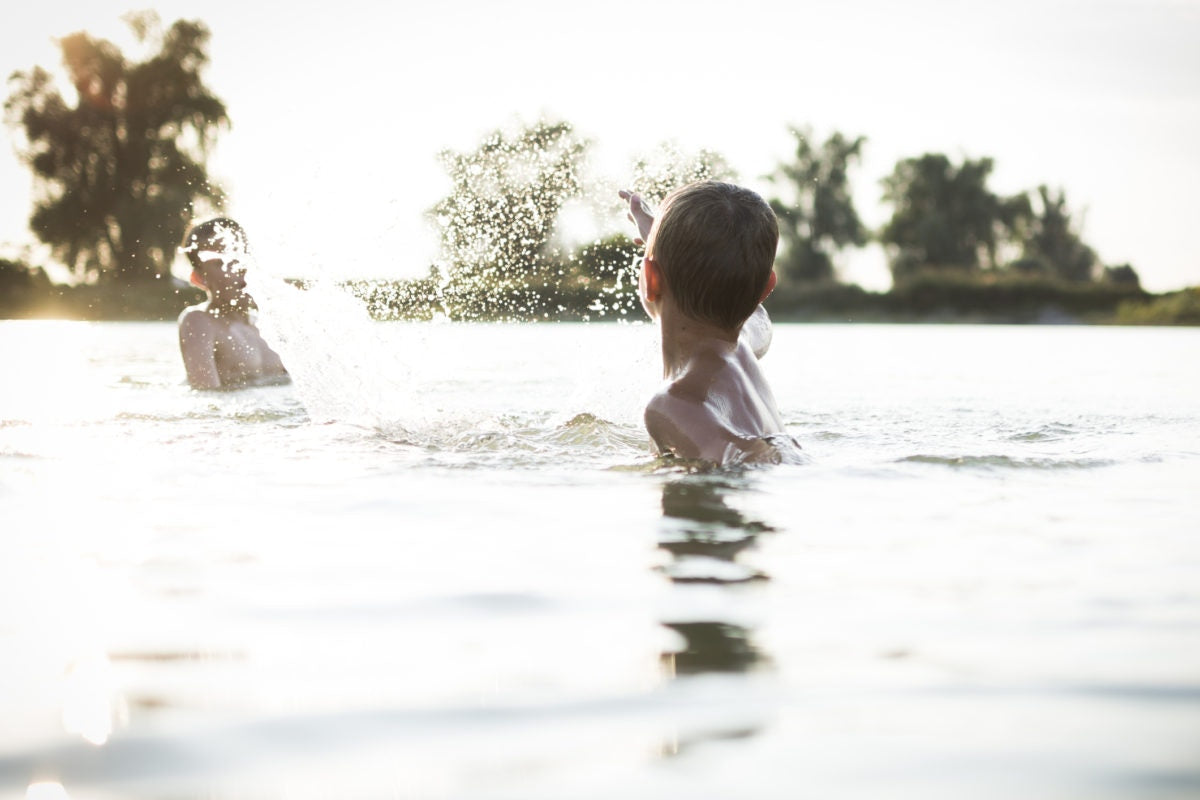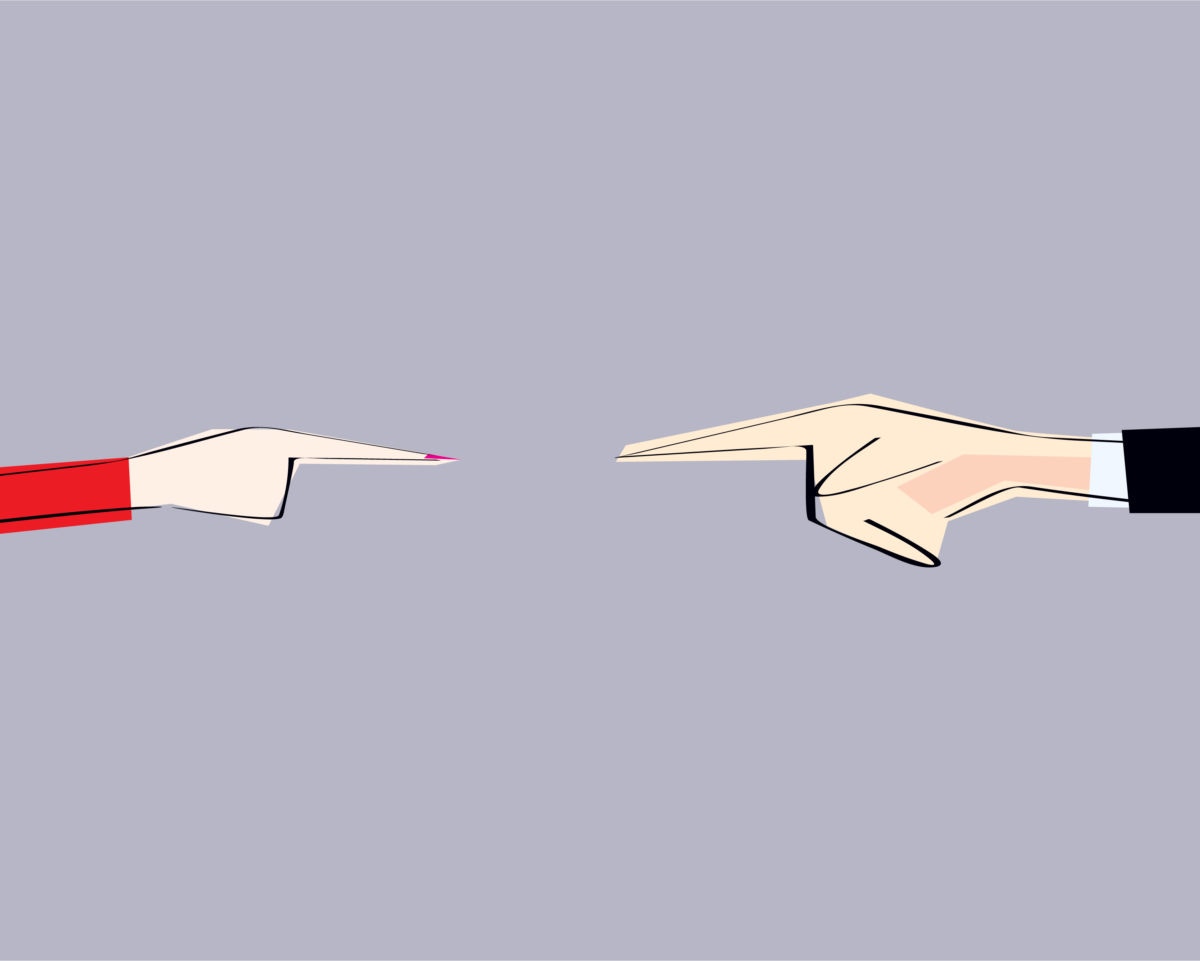Our body image matters. It always has and it always will. Mirrors and scales aren’t going anywhere. I’ll admit, when I walk by a window where I can steal a cool glimpse, I do it. As mothers, the desire to be hot doesn’t vanish after we birth the babies and acquire the minivans. If trying to maintain our own adequate body image isn’t enough, now we have to worry about how our own daughters will perceive themselves. It’s on us not to screw them up.
Studies, like this one in the International Journal of Eating Disorders, have shown the importance of keeping this confident body image in front of our daughters. If a mother is consistently vocal about the new diet she is on and/or complains about the squishiness of her belly, her daughter is more likely to repeat that behavior. She’ll understand that self-degradation is the norm, thus forming a negative image of herself.
Growing up, I don’t remember my mother talking about the imperfections of her body. I knew what a real female physique was supposed to look like so I knew that what I saw in Seventeen Magazine was a crock of shit. Today, as a mother myself, sure, I wish my kangaroo pouch wasn’t there. It doesn’t matter how long I can hold a plank, after two kids that pouch isn’t going anywhere. However I will do my best to shut my mouth about it, especially in front of my daughter.
It turns out that there’s much more to helping our daughters maintain a good body image, and it may just take a little pressure off. According to “Mother-Daughter Relationship and Daughter’s Body Image,” the way your daughter can achieve a positive body image is simply by having a supportive relationship with her mother.
The study discovered how the importance of the mother-daughter bond is connected to the adolescent’s body image. Essentially, if the daughter specifically had a positive opinion of her mother-daughter relationship, the view of her own body and overall wellbeing was optimistic. This attachment is constructed brick by brick in the early stages of the parent-child relationship, and if the foundation is strong, it can weather those blistering adolescent years.
Teenagers are often characterized by that hormonal shift they endure and stereotyped by the rebellious angst which follows. However, the study unveiled that despite these vast changes, a strong mother-daughter union can still withstand. In regards to body image, the study summarized Charles Cooley’s “looking-glass theory.” This theory states that a person’s idea of one’s self forms from life’s original groups; hence, the family is the core. The theory claims that humans evaluate themselves due to how they think others view them. Therefore, when teenage daughters in the study felt that their mothers viewed them in a positive way, they in return had worthy self-esteem as well.
The study continued, “In fact, mothers can directly or indirectly affect behaviors in many areas of their children’s life, whether they be eating habits, attitudes toward themselves, or certainly, body image.” So, yes, having a good body image yourself and exercising a healthy lifestyle are important to demonstrate to your daughter, but your actual relationship is more vital. When the mother-daughter bond is super-glued, the daughter’s own body image won’t be as sticky.
Overall, the study found that “the adolescent girl’s positive perception of her relationship with her mother is an important factor in her positive body image and high-level sense of wellbeing.” It is this connection that is fundamental to the emotional development of young girls, and their body image is just one part of their overall happiness.
So, not only will I do my best to plaster duct tape across my mouth when I want to complain about my kangaroo pouch, but I’ll try to focus on my relationship with my daughter. Hopefully, the love and support we give our daughters will be enough in this media-horny culture where perfection is the queen – the Wicked Queen. And when my daughter sees a window she can see her reflection in, I hope she looks, and is content with what she sees.



